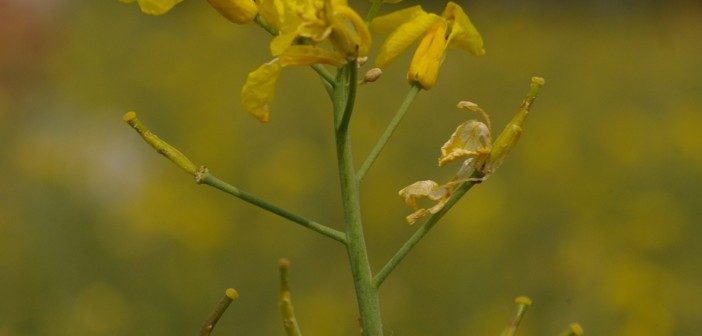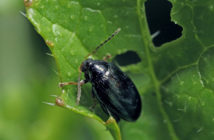Keep an eye on OSR crops and weather forecasts. That’s the advice of Bayer’s Tim Nicholson with crops in the south west starting to flower. He has been amazed at the speed of crop development. In less than a month some crops have gone from stem extension through budding and into flower.
He says just because flowering has been reached early it doesn’t necessarily mean a Sclerotinia outbreak. “Sclerotinia needs a minimum temperature of 7⁰C combined with relative humidity of 80%. You can get ascospore release but no infection. However, if ascospores are released in such conditions, petal stick is almost certain,” he warns.
His concern is that with flowering starting early a second spray might be necessary. “Sclerotinia is like many diseases, if it gets established there is little you can do to get rid of it. You must remain in a protective position. With crops already starting to flower a return to cooler conditions could extend flowering and mid flower sprays might need a top up.”
He recommends an application of Proline275 (prothioconazole) at mid flower and monitor from there. “A number of products will protect against Sclerotinia, but you might need light leaf spot (LLS) activity too. If you need to spray for Sclerotinia you might as well treat with an active effective against LLS too. You can always come back in with products like Pictor (boscalid + dimoxystrobin), Filan (boscalid) or Amistar (azoxystrobin) later where Sclerotinia still threatens.” he concludes.



